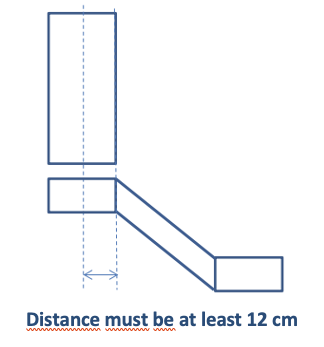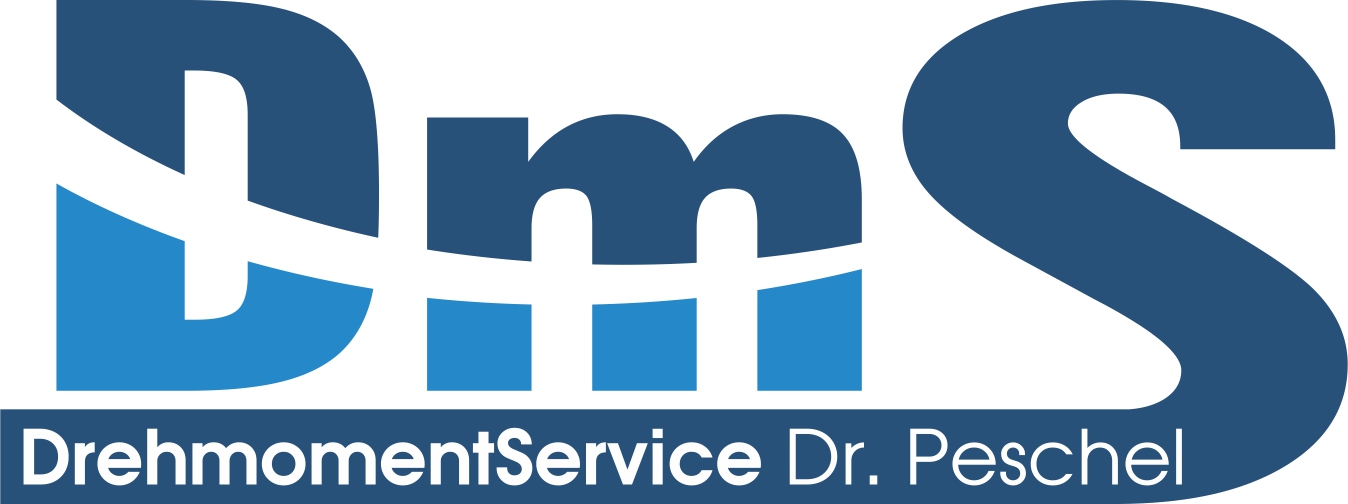Questions & Answers
Calibration interval:
In fact, this topic is described in DIN51309, here is an excerpt.
“6.3.2 Recalibration The validity period of the calibration certificate is a maximum of 26 months. Shorter calibration intervals make sense if there are special requirements for traceability or if this is necessary to meet special quality assurance standards. The torque meter should be recalibrated if it
- has been subjected to an overload greater than that experienced during the overload test (see 5.1.2),
- after a repair has taken place or
- after improper handling that can affect the metrological properties or the measurement uncertainty.“
If the repatriation requirements are not critical and there are no other abnormalities, you can extend the repatriation interval to up to 26 months. However, it should be noted here that the calibration must take place within the 26 months, otherwise the validity expires.
Measuring range with torque multiplier:
Most torque multipliers have a so-called breaking point to protect the gear from overloading. However, if the device is only ever used for one and the same screwdriving application in normal use (e.g. only clockwise torque up to 50% of the maximum torque), this predetermined breaking point can shift significantly. Most often this problem occurs with opposing torque, in the example above it would be the left torque load. It therefore makes sense to only have the torque measuring range calibrated, which is then used by the end customer in such a way that costs for the measurement itself and the risk of a repair that has to be carried out by the customer are saved.
Restriction on cantilever torque multipliers:
Due to the design, only curved supports with a minimum distance of 12 cm (see drawing) can be measured on the calibration device.
If this is not the case, a straight support (lever arm) must be supplied..
Statement of conformity on calibration certificate:
Whether the torque sensor is ok or not. for use by the customer, only he can decide according to his own criteria.
A general statement of conformity can be made with mech. Test equipment, which have different test criteria and influencing factors, are not met.
What is possible in exceptional cases, however, is a verification based on a single parameter such as the hysteresis, which can be derived from the calibration result. For this solution we need the parameter and its limit value to be evaluated. A general statement according to manufacturer specifications or similar will not be accepted.
On the other hand, device classes are shown in the calibration certificate according to DIN51309, DKD-R 3-7 or DKD-R 10-8, which the customer can use as a statement of conformity. (See class classification table 8.2)
In general, no statements of conformity are made for our in-house procedures VA05, VA06, VA07 and VA08.
Proof of traceability of references:
This is basically not necessary because we are an accredited laboratory and the measurement itself is also carried out as an accredited calibration. With the accreditation, the proof has already been provided, so to speak.
We go to great lengths to confirm traceability to DAkkS. Our smallest specifiable measurement uncertainty would also not be achievable with only the standard means. Therefore, please understand that we cannot disclose internal processes at this point.
Electric or pneumatic screwdrivers:
In principle, we have no calibration option (not calibratable) for this type of device. All available standards require a static or quasi-static calibration process. In the case of these two device types (independent of the manufacturer), however, one must speak of dynamic torque.
Of course, there are VDI/VDE standards in screwdriving technology to test these devices, but these are only test methods (similar to factory calibrations) and were not eligible for accreditation for a long time. Technically, we distance ourselves from the possibility of accreditation of such a procedure.
When using electrically or pneumatically driven screwdrivers, influences are usually not taken into account, which are probably significantly greater than the uncertainty of the tool itself. The torque generated depends on the screwing case.Einflüsse sind beispielsweise:
- thread size
- Lubrication
- washers (if yes – what material)
- Soft or hard screw joint
- clamping length of the screw
- etc.
If clean traceability is required, the screwing case must also be considered and the calibration must be carried out under very specific conditions of use. This would be the technically correct way.
Factory calibrations:
Factory calibrations were originally intended as application-specific calibration procedures for which the user is responsible if the standardized calibration procedures do not correspond to the use of the measuring equipment. In addition, factory calibration certificates without measurement uncertainty information are worthless (see definition of a calibration).
Of course, we can issue factory calibration certificates. The calibration effort corresponds to that of a DAkkS calibration and therefore there is no price advantage.
Shortened procedure according to VDI/VDE-2646:
Shortened calibration procedures require knowledge of type-specific characteristic values for the measurement uncertainty calculation. Such procedures are described in the VDI/VDE guideline 2646. As a rule, only manufacturers of torque sensors can submit statistically proven estimates and thus meet the requirements for a possible accreditation of this procedure.
Difference between the DIN51309: 2022-08 and EA-10/14 (EURAMET cg-14/v.2.0: 2011):
In the procedure itself there is no appreciable difference. The marginal differences can only be found in the calculations. Basically, it can be said that DIN51309: 2022-08 is a bit more conservative but much more detailed.
DIN 51309: 2022-08 EA cg-14/v.2.0: 2011 Erklärung separately case I & case II only case I The hysteresis h is not considered for the measurement uncertainty b = maximum error b = medium error Comparison precision (repeatability) h = maximum error h = medium error Reversibility / hysteresis f0 = is considered in the measurement uncertainty f0 = is not considered for the measurement uncertainty Return to zero / offset b‘ & b rectangular distribution b‘ & b normal distribution Distribution function for considering the measurement uncertainty Triggering torque wrenches (ISO 6789-2: 2017-07):
Unfortunately we have to inform you that since April 2018 we have not offered or carried out any calibrations for triggering torque wrenches and torque wrenches. (due to the changed calibration standard DIN ISO 6789).
Please inform yourself about feasibility, costs and delivery time before sending in your devices.
Characteristic values in calibration certificates:
b‘ : Repeatability in the same mounting position
b : Reproducibility in different sensor mounting positions
bL : Effect of the lever arm length
bV: Effect of the connecting profile
r : Resolution incl. fluctuation
h : Reversibility
fa : Regression deviation
fq : Indication deviation
f0 : Zero-point deviation
